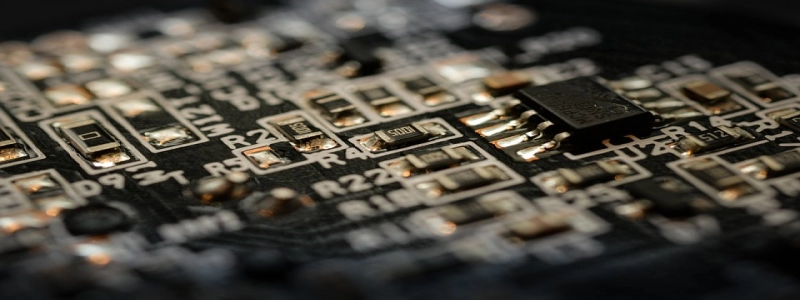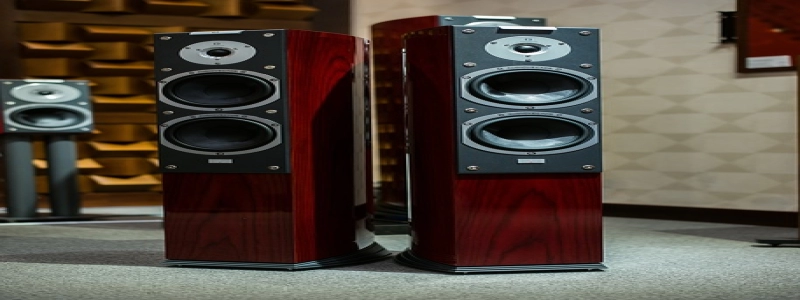Single Mode Fiber SFP
Introduction
Single Mode Fiber Small Form-Factor Pluggable (SFP) transceivers, commonly known as Single Mode Fiber SFPs, are essential components in modern optical communication networks. This article aims to provide a detailed explanation of Single Mode Fiber SFPs, their characteristics, and their applications.
What are Single Mode Fiber SFPs?
Single Mode Fiber SFPs are compact, hot-pluggable optical transceivers that are designed to transmit and receive data over single mode optical fibers. They are widely used in telecommunications and data communication applications, supporting high-speed data transfer rates. Single Mode Fiber SFPs are compatible with various network equipment and are interchangeable, making them versatile and easily deployable.
Characteristics of Single Mode Fiber SFPs
Single Mode Fiber SFPs possess several key characteristics that set them apart from other optical transceivers. These include:
1. Wavelength: Single Mode Fiber SFPs support different wavelengths, typically ranging from 1310nm to 1550nm, to enable long-distance optical communication.
2. Transmission Distance: Single Mode Fiber SFPs are suitable for long-distance transmission, commonly ranging from a few kilometers to over a hundred kilometers.
3. Data Transfer Rate: Single Mode Fiber SFPs support various data transfer rates, including 1Gbps, 10Gbps, 25Gbps, and beyond, to accommodate different network requirements.
4. Interface: Single Mode Fiber SFPs utilize a standard interface for seamless integration with network devices. Common interfaces include LC, SC, and others.
5. Compact Size: Single Mode Fiber SFPs have a small form factor, allowing multiple transceivers to be installed in a single network device, maximizing connectivity options.
Applications of Single Mode Fiber SFPs
Single Mode Fiber SFPs find extensive applications in various industries due to their vast advantages. Some common applications include:
1. Telecommunications: Single Mode Fiber SFPs are widely used in telecommunication networks for long-distance data transmission, ensuring high-speed and reliable connectivity.
2. Data Centers: Single Mode Fiber SFPs are utilized in data centers to connect network switches, routers, and servers over long distances, facilitating seamless data transfer.
3. Internet Service Providers (ISPs): Single Mode Fiber SFPs are employed by ISPs to establish robust and high-performance optical networks for delivering high-speed internet services to customers.
4. Enterprise Networks: Single Mode Fiber SFPs are integrated into enterprise networks to connect different devices in remote locations, ensuring efficient and secure data exchange.
Conclusion
Single Mode Fiber SFPs play a crucial role in modern optical communication networks due to their exceptional performance and versatility. With their compact size, compatibility, and support for long-distance transmission, Single Mode Fiber SFPs are widely embraced in telecommunications, data centers, ISPs, and enterprise networks. As the demand for higher network speeds and longer distances continues to grow, Single Mode Fiber SFPs will remain indispensable components in the evolving landscape of optical communication.








